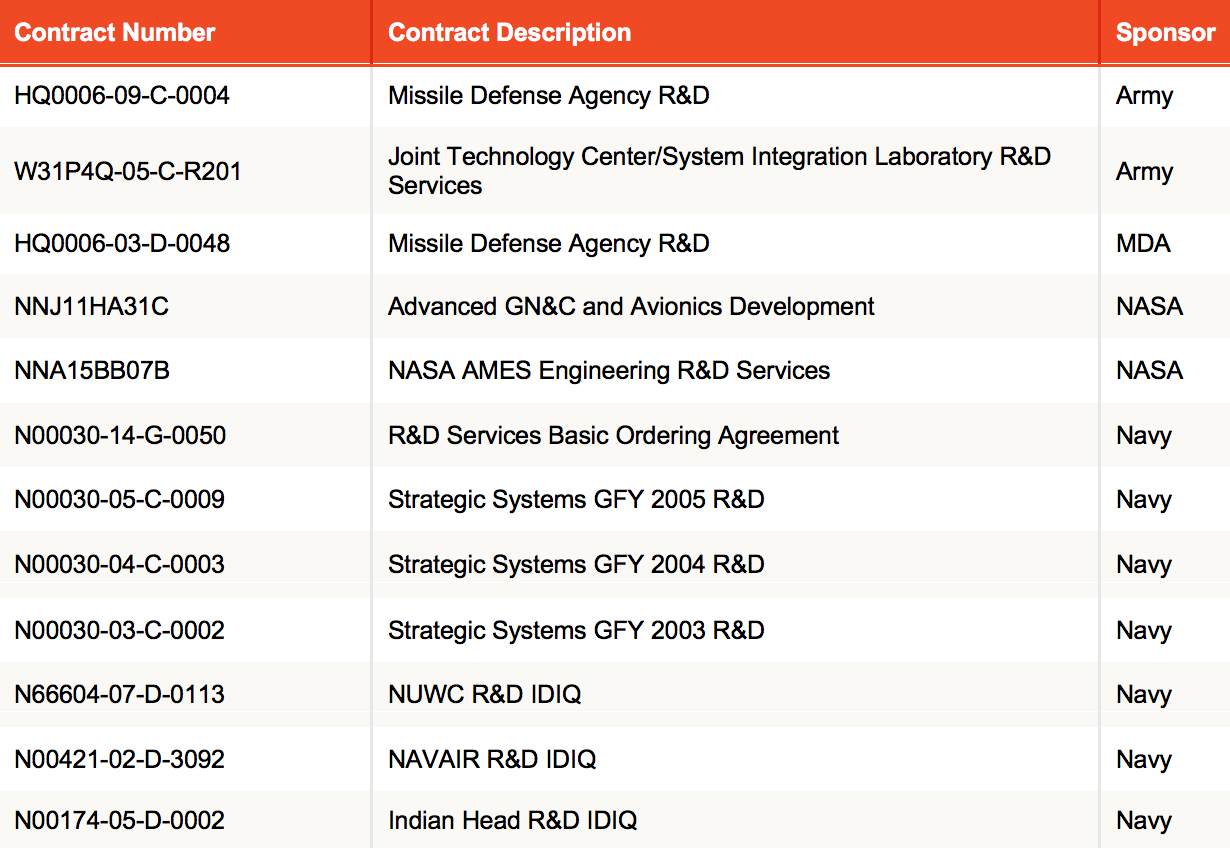In the public interest.
Is Draper a spin off into the non profit sector of DRAPER capabilities.
https://www.draper.com/about/governance
https://www.aiche.org/community/bio/richard-russell
Core Capabilities
Government Customers
Draper is Exempt from Full and Open Competition
In accordance with 10 U.S.C 2304 (c)(3)(B), implemented through the Federal Acquisition Regulation (FAR), full and open competition need not be provided for when authorized under FAR 6.302-3 “to establish and maintain an essential engineering, research, or development capability to be provided by an educational or other nonprofit institution.”
This exemption is reinforced by Department of Defense (DoD) policy guidance issued since 1987 and validated by Under Secretary of Defense, Frank Kendall Memorandum, dated March 13, 2015.
Email Contracts@Draper.com to determine whether an available contract vehicle exists to support your effort. If no contract vehicle meets the needs of your Statement of Work, we’ll guide you through other steps to access our engineering support.
The following examples represent contract vehicles established under the (c)(3) exemption:

Commercial Customers
Accessing the power of Draper engineering is easy and fast.
Draper’s standard Development Services Agreement allows us to establish a fair and reasonable master agreement with our commercial customers for development work so we can begin solving your problems quickly.
Our streamlined processes allow us to add task orders to the master agreement as new development work is needed to deliver what you need when you need it.
Vendors
Draper solicits and encourages small businesses by purchasing from these organizations whenever practicable, without compromising quality of service or price.
Our intent is to provide the maximum practicable opportunity for Small, Small Disadvantaged, Woman-Owned Small, Veteran-Owned, Service Disabled Veteran, HBCU, and HUBZone Small Business Concerns to participate in the performance of Draper’s contracts. Vendors interested in doing business with Draper are asked to fill out the form below to make an inquiry to Draper.
The company’s universally applied terms of purchase may be found here.

